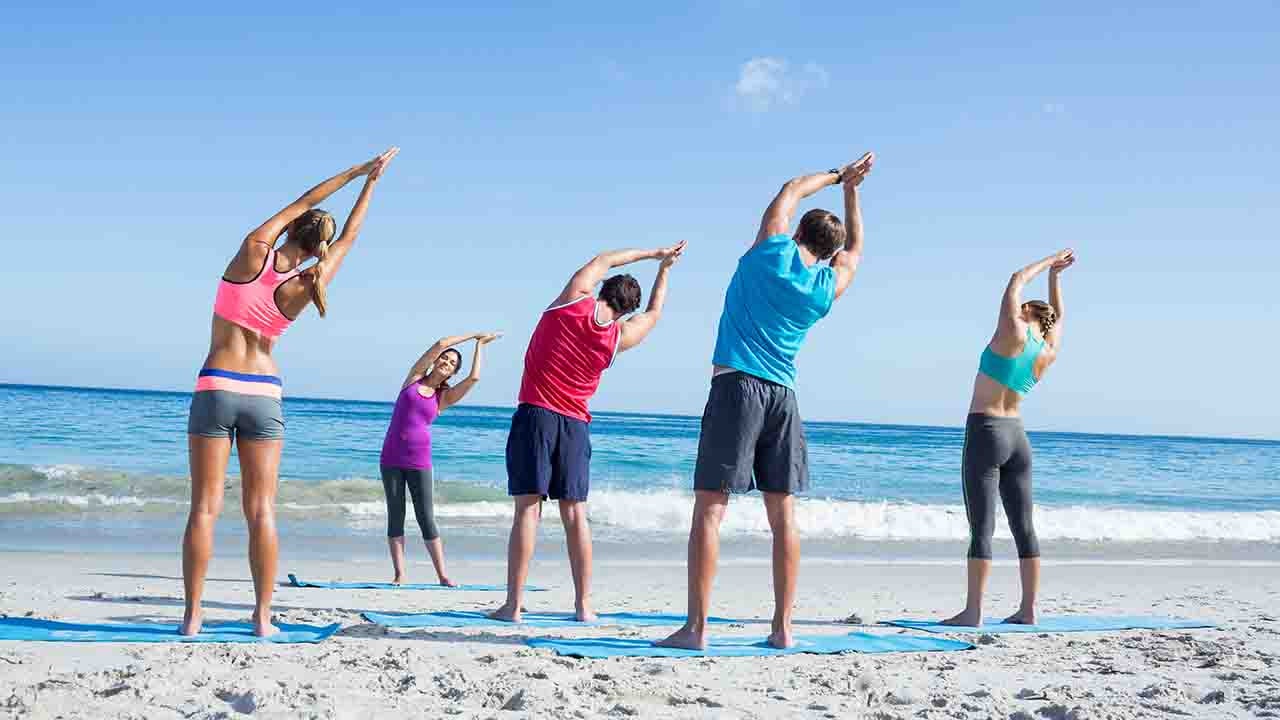Injury Management & Prevention For Safer Training

All of us will experience an injury at some point in our lives as any physical form of movement carries with it a degree of risk, and on the flipside too much inactivity can also lead to injuries. While waiting through the recovery and rehabilitation can be boring and frustrating, it's important to remember that it's an important phase you shouldn't just push through, otherwise you may find your injury taking a long time to heal or potentially even getting worse!
That aside, there's always something we can still be doing to get our body moving. Whether it's working with a different area of the body, doing your physio exercises or working on mobility and stability.
Managing and preventing injuries
When you get injured, it's important to see a physiotherapist or another similar professional if you don't begin to see improvement after a day or so. They will help you form an action plan tailored to your specific injury and their assistance will help you get back into things quicker.
For many sports-type injuries after initial first aid treatment (such as sprained joints, broken bones), you'll often be looking at around six weeks for full healing. Some injuries can turn into ongoing long-term problems if not addressed early on or if steps aren't taken to alleviate the cause (such as plantar fasciitis).
There are a number of things you can do to help reduce your risk of getting injured, including:
Build up your training gradually - it can be hard to hold back when you're super motivated, but if your body isn't physically ready to take on the task, you might end up out of the game right at the start.
Allow for recovery and rest - It's a fact: Most people don't stretch enough. That short 5 minute block of stretching at the end of a fitness class? It's not enough. Some studies have indicated you need to hold a stretch for at least 30 seconds for it to have any decent effect. Also make sure you get plenty of sleep, and have at least one rest day in your training schedule otherwise your body will constantly be trying heal from your exercise sessions rather than allowing your muscles to heal to get stronger, then building on it.
Listen to your body - This is a super common reason for injury! If your joints are getting sore, you're feeling heaviness in your pelvic floor or experiencing leaking, or you're getting sharp pain anywhere, don't push through it! It means either something in your technique is not quite right or you're pushing your body harder than it wants to go.
Listen to instructor cues - Whether it's personal training, an online video, group fitness, a dance class or bootcamp, the person leading the way should be giving decent safety instructions along the way. Even the most experienced people can sometimes need reminders about alignment and muscle activation! Pay attention to these cues and if you don't understand what they're talking about, don't be afraid to ask.
Incorporate exercises into your training that help prevent injuries - Common problems for many people thanks to modern lifestyles include weak glutes, weak core muscles which leads to lower back injuries, lack of balance/stability work which helps strengthen the joints, and tight muscles.
Learn the basics well (most people don't!)
Most body movements in exercise programmes are based on set movements: Squat, lunge, push, pull, twist, hinge/bend, and walk. If you know how to do these 'basics' with correct alignment and muscle activation you'll be able to translate that to almost every exercise.
For example, the setup for a push up is very close to a bench press using dumbells or a barbell, and using a chest press pin weights machine - they're all pushing movements.
We're typically pretty good at copying a movement someone else is doing by sight, but knowing the technical instructions behind these movements can help you exercise more safely and with greater intent and purpose.
Image / DepositPhotos.com









